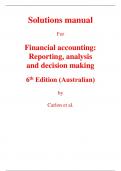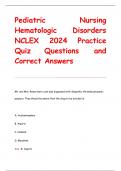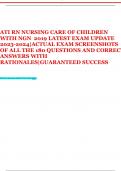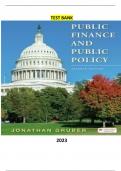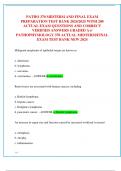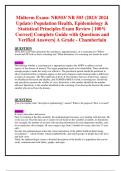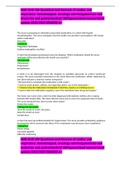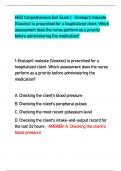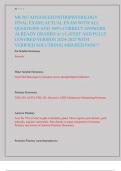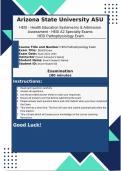Exam (elaborations)
Solutions Manual for Financial Accounting Reporting, Analysis And Decision Making 6th Edition (Australian) By Carlon, McAlpine, Lee, Mitrione, Kirk, Wong (All Chapters, 100% Original Verified, A+ Grade)
- Course
- Institution
This Is Original 6th Edition of Solutions Manual From Original Author. All Other Files in the market are fake/old Edition. Other Sellers Have changed old Edition Number to new But solutions Manual is old Edition. Solutions Manual for Financial Accounting Reporting, Analysis And Decision Making 6...
[Show more]
